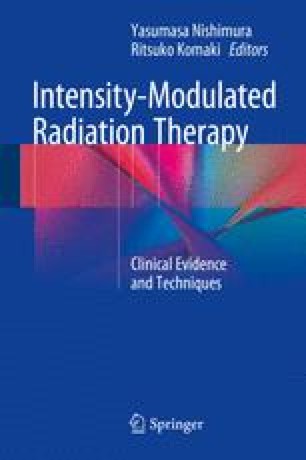

Today, the term “CAM” encompasses a heterogeneous array of treatments, some unproven or disproved alternatives, and others, rational and evidence-based, that are supported for use as adjunctive, complementary or integrative therapies for symptom control. Exemplifying this shift, the National Institutes of Health’s “Office of Alternative Medicine” was renamed the “National Center for Complementary and Alternative Medicine” (NCCAM) in 1999. Since then, “alternative medicine” has given way to “complementary and alternative medicine” (CAM) as the most common descriptor. Terms like “unorthodox,” “unconventional,” and “questionable” were largely replaced a few decades ago by “alternative medicine” as an umbrella term for all such treatments. The terminology applied to therapies that are outside the realm of mainstream medicine varies widely and has evolved over time. Some debunk, like others actually purvey information on “complementary” (adjunctive) therapies, using the term inappropriately and incorrectly. Not all such sites sell bogus treatments. This was facilitated by the rise of the Internet, which now produces close to 21 million results in response to a search on “alternative cancer.” Two popular sites that come up in such a search, and, are representative examples of sites that provide and/or sell “advice” on a range of therapies purported to cure cancer without mainstream treatment. In addition to the expansion of what was often termed “unorthodox” medicine into a vast, open, and readily available store of unproven and disproved therapies, possibly the most significant shift in the past 20-some years has been its transformation from an essentially underground phenomenon-clandestine knowledge shared by a patient and an alternative practitioner-to a readily accessible storehouse of information and products. Over the past few decades, purification regimens, oxygen therapies, radio and other electrical frequencies, human and divine forces, and more have come to the fore. In the 80s, therapies in vogue included metabolic regimens, special diets, high-dose vitamin and mineral supplements, mental imagery applied with curative intent, and the like. Laetrile was and remains only one among many bogus cancer “treatments” popular from the 1980s on. Today, in addition to multiple websites that sell the product, has 209 entries for laetrile in every conceivable form, including vitamin B17 500-mg tablets, organic raw apricot kernels, amygdalin cream, as well as 182 book entries, such as the recent title World Without Cancer: The Story of Vitamin B17 Intravenous laetrile also is available via the Internet and across the Southern US border, in both cases bypassing legal injunctions. Results indicated that the agent had no anticancer effects.Īlthough banned decades ago by the US Food and Drug administration (FDA) and quiescent for a while, laetrile resurfaced as public Internet use became increasingly common.

#Real alternative medicine for small cell lung cancer trial#
Known also as amygdalin and “vitamin B17” (and not an actual vitamin), laetrile was subjected to 20 years of animal studies, followed by a national clinical trial of 175 patients. One of the earliest papers published by one of us (BRC) was entitled “After Laetrile, What?” On looking it over again, it is apparent that this 1982 article could have been written today, except that laetrile proved not transient, but rather a seemingly permanent addition to a very large field. This review provides a brief recap of its history and an overview of the various types of unproven or disproved cancer therapies popular now in the United States and elsewhere. At a time when many readily believe that vaccines cause autism, or that government scientists created AIDS as a weapon of black genocide, it is not surprising that medical quackery, especially cancer quackery, remains a flourishing and lucrative business throughout the developed world.


 0 kommentar(er)
0 kommentar(er)
